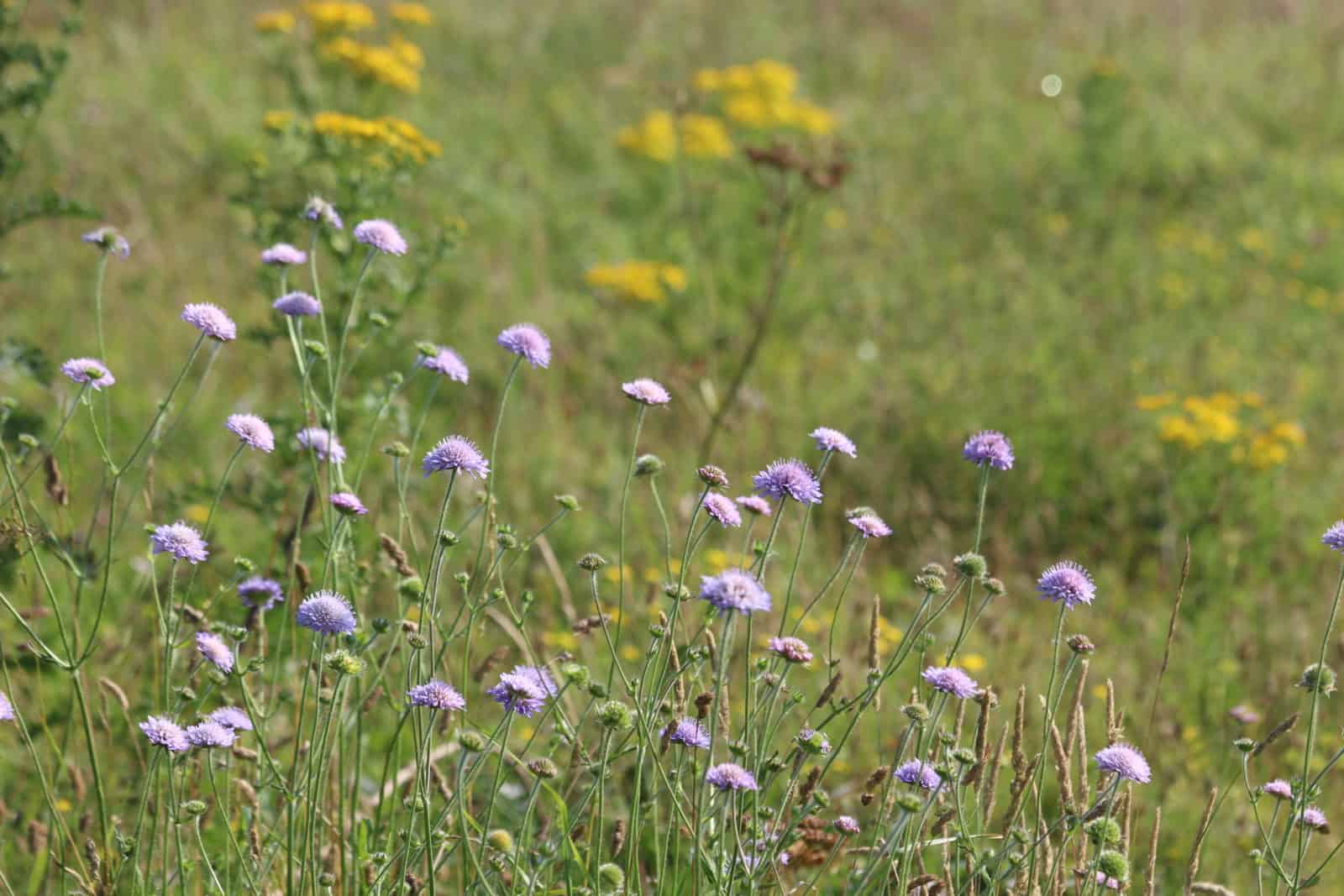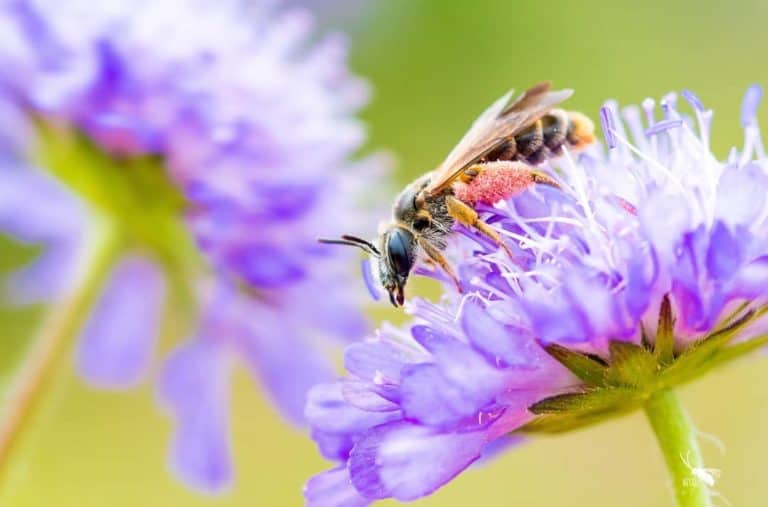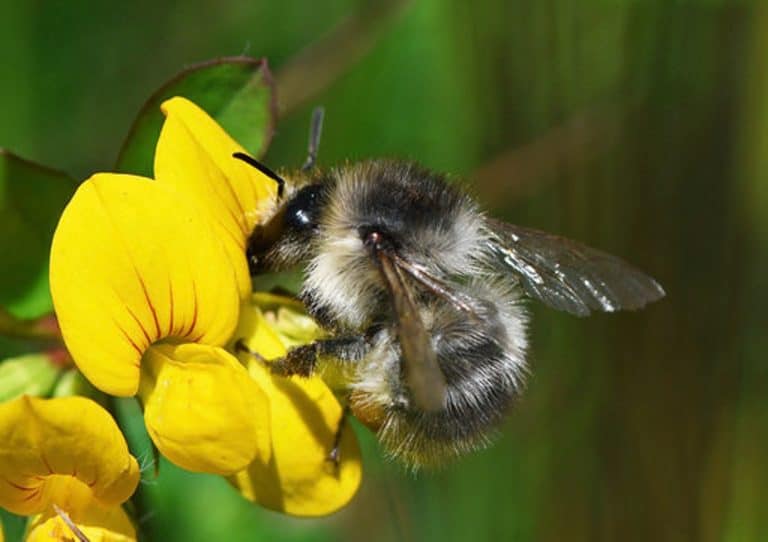Blog by Kate Jones, Conservation Officer at Buglife
This summer has been a return to normality for so many, being able to go places to enjoy holidays, meet friends and explore is essential to our health and wellbeing. Connections are so important for us to maintain healthy lives and we have built an exceptionally functional system to enable us to get everything we need; roads, railways, canals, footpaths, bridleways, and airports enable us to move freely and with ease across landscapes. Imagine what our lives would be like if large chunks of our travel systems were missing – huge gaps in the M6, concrete blocks strewn across the M5, new housing estates built over railway lines and massive dams across our canal systems making travel impossible. We would become increasingly boxed in, isolated from our friends and families and unable to explore our landscape. That is what our wildlife is facing. Their travel network has been destroyed over the years, leaving populations isolated to nature reserves, whilst around them agricultural intensification and urban sprawl fosters a hostile landscape that is almost impossible to move across and find food, a mate, shelter and areas for nesting and overwintering.
We urgently need to build a travel network for our wildlife, but where do we do that? How do we do that? This is where B-lines comes in; a simple, beautiful and ambitious solution to the problem of disconnected habitat in our rural and urban landscapes.
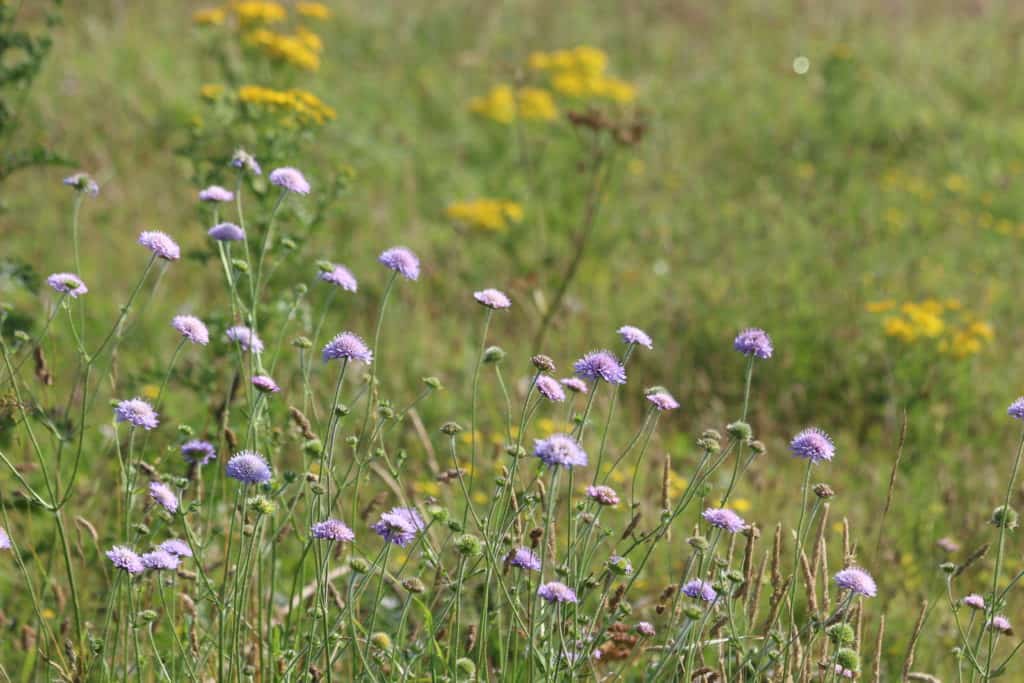
What is B-lines?
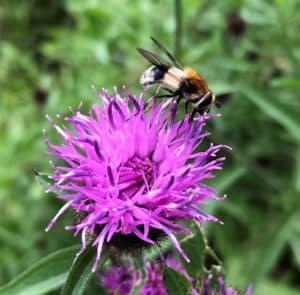
B-lines is a roadmap for landscape-scale change that will create ‘stepping-stones’ of habitat for pollinators and other wildlife to move through to meet their basic needs as well as providing the landscape connectivity that will allow them to move in response to climate change. The focus is on pollinating insects like bees, wasps, butterflies, moths, beetles and flies, but the habitat created and flourishing populations of these insects will, in turn, benefit other wildlife.
The B-lines map shows a network of 3km wide pathways running across the UK, through each and every county. I will take you on a whistle-stop tour of the mapping process, but if you would like more in-depth information, then please take a look at our Mapping Methodology. The B-lines were mapped bit by bit, county by county; first, habitats that are important for pollinators were selected and the best remaining patches of those identified and mapped. Using a computer programme that analyses the connectivity of habitats, we identified the best routes to connect those blocks of habitat up. We took these initial routes to workshops with local experts and stakeholders to select the ones that would provide the greatest benefit for pollinators and be practical to deliver on the ground. A final map was produced, which, in short, identifies the areas that will have the greatest impact in terms of landscape connectivity if habitat is restored or created within them. Of course, it is important to take the opportunity to restore, create or enhance habitat wherever you are, but this tool allows us to be strategic in delivery when time is of the essence.
And time is of the essence. We have the B-lines map, but that is only the first step; we need to start building those ‘insect superhighways’ as a matter of urgency. We know that invertebrate populations are declining rapidly. Buglife reported a massive 60% decline of flying insects over the past 17 years in the UK, and shocking statistics abound; 2 of the UK’s 25 bumblebee species have already gone extinct, whilst The IUCN European Red List of Threatened Species showed that 9% of wild bees and of butterflies, and as many as 24% of Europe’s bumblebee species are now threatened with extinction. The State of UK Butterflies 2015 report worryingly found that three-quarters of the UK’s butterflies had declined since 1976. It is a sorry picture and something that most of us are noticing in our day-to-day lives as well. A lot of us will hark back to windscreens littered with splattered bugs from a summertime drive, that seems to be a thing of the past now. It isn’t hard to see why this is happening; urban sprawl and agricultural intensification have led to huge losses in habitat; 97% of species-rich grasslands have been lost since the 1930s, which is just one shocking example of habitat loss. I have painted a very bleak picture for you, but there are seedlings of hope.
B-lines Projects
Buglife and partners have been working on building the network since 2011 when the first wildflower seeds were scattered on the ground along the B-lines in Yorkshire. Since then, we have worked in many other counties up and down the UK, scattered many more seeds and spread the word of B-lines as much as we can.
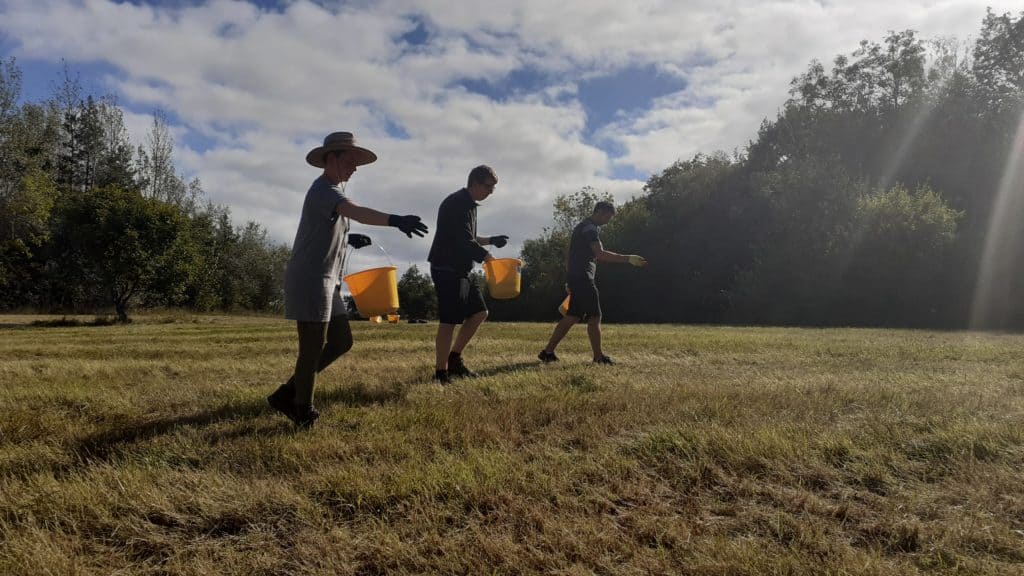
Cornwall, England
The North Cornwall B-lines project is currently enhancing and creating 20 hectares of flower-rich habitat to help species like the Large Scabious Mining Bee (Andrena hattorfiana) which relies heavily on Field Scabious, collecting pollen almost exclusively from this beautiful flower. The project team are hand-harvesting Field Scabious seeds, growing them on as plug plants and adding them to sites as part of the restoration and enhancement process.
Shropshire, England
The Severn B-lines project in Shropshire saw 17 hectares of species-rich grassland restoration on farmland and local council sites in 2021 and 2022, as well as creating pollinator gardens in school grounds and public parks, which will inspire, educate and bring beauty and peace to people for years to come.
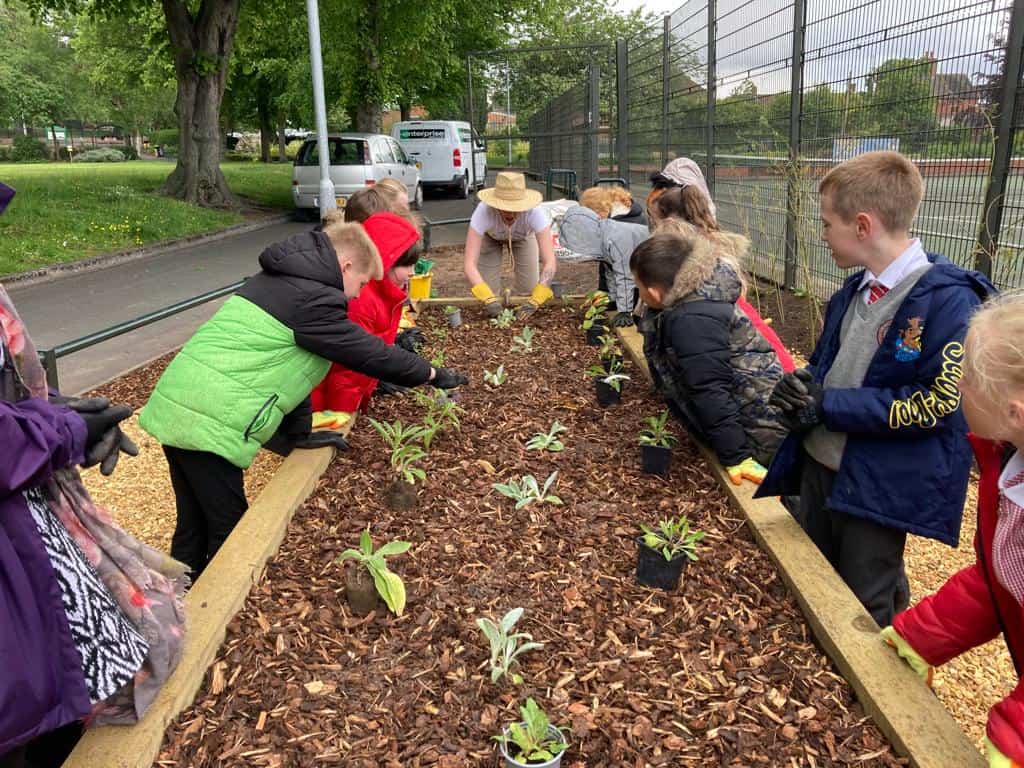
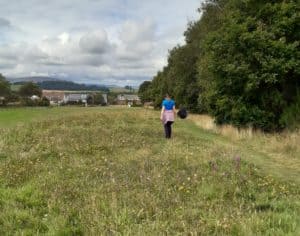
Strathmore, Scotland
The recently started Strathmore B-lines project focuses on the Strathmore Valley from Dunkeld in Perth and Kinross, to Montrose in Angus. It will create and restore 20 hectares of species-rich grassland along the B-line, linking up fragmented pollinator habitats across some of the most agriculturally intensive land in Scotland.
Belfast, Northern Ireland
The Belfast’s Buzzing! project will see Belfast’s parks come to life through 15 hectares of grassland restoration, providing beautiful stepping stones for pollinators to move through the city and out into the wider countryside, as well as places for people to relax and listen to the hum of insect life around them.
Neath Port Talbot, Wales
The Neath Port Talbot B-lines project is working with Neath Port Talbot Council, Swansea Bay University Health Board, housing associations, Swansea University, Bumblebee Conservation Trust, The Woodland Trust and others to fill in the B-lines with nesting, foraging and overwintering habitat for pollinators. A particular focus is the now rare Shrill Carder Bee (Bombus sylvarum) with volunteers recruited to identify and record the bee in their area.
A huge thank you to the National Lottery Heritage Fund, Gannochy Trust and Defra’s Green Recovery Challenge Fund which enabled these projects to happen.
Buglife are delivering these projects and more, but the real strength of B-lines is that it is a framework that anyone and everyone can take forward.
How You Can Help!
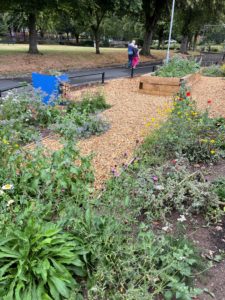
People across the country are getting involved in whichever way they can; in community gardens, allotments, public parks, farms, businesses, window boxes and plant pots. Any space no matter how small is valuable and we need you to take part. It is important to note that it isn’t all about flowers, pollinators need a multitude of resources to thrive – areas for nesting, finding a mate, overwintering and simply having a drink are all important. A helpful exercise is to look at the landscape as if you were a bee, grab a cuppa and take a wander around your garden pretending to be a species of your choice. What do you need to eat? And is that food available throughout the season? What do you need to nest or breed? Is it a pile of deadwood, long grass, water, bare ground or a hole in wood? Do you require a particular foodplant for your larvae? How will you overwinter? Do you need leaf litter? Loose soil to bury yourself in? A dark, dry place to escape frosts? If you can provide some, if not all of these features, then you are going to be a ‘stepping stone’ on the B-lines network. This exercise can be scaled up in your local park, on an allotment, or on your farm. If you only have a plant pot or a window box then make a pitstop for pollinators and pack it with nectar-rich flowers.
If we can fill the B-lines by just 10% we start to see habitat connectivity. We can’t do it alone, we need everyone to step up and help – visit our Pollinator Guidance hub on our website for inspiration and remember to log your efforts on the B-lines interactive map and see your contribution to building the ‘insect super-highway’. Together we can get our wildlife on the move.
Species Spotlight
Thanks to Kate Jones from Buglife for this wonderful blog! Kate is a Conservation Officer working closely with the B-lines project. If you’d like to find out more about this project, plus the other fantastic things Buglife do, check out their website.

